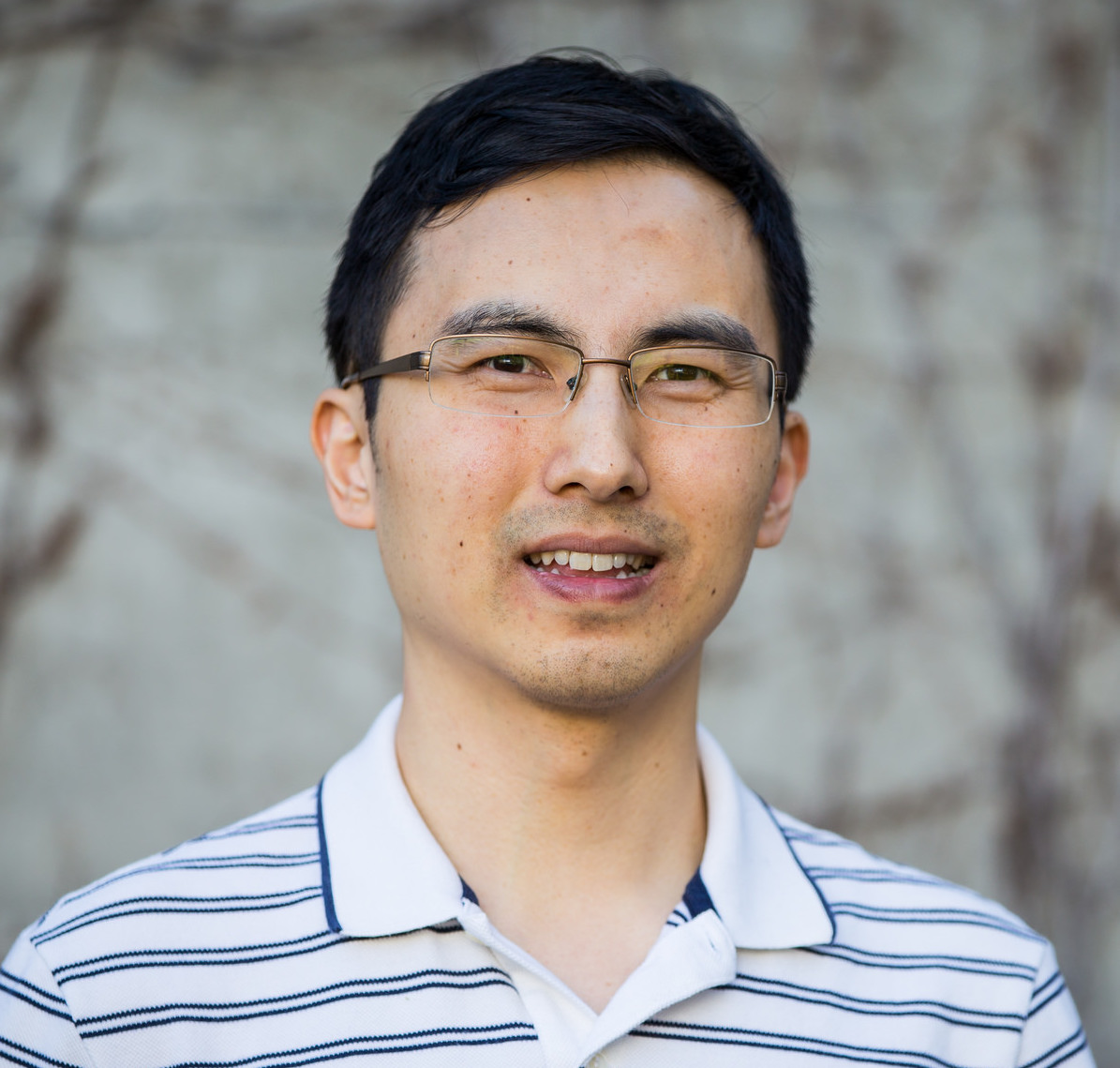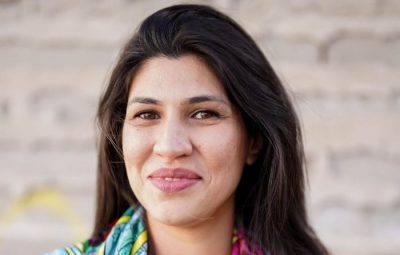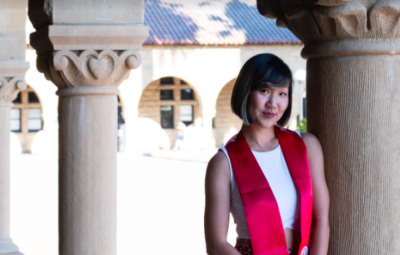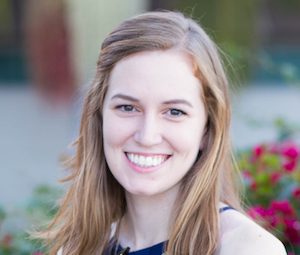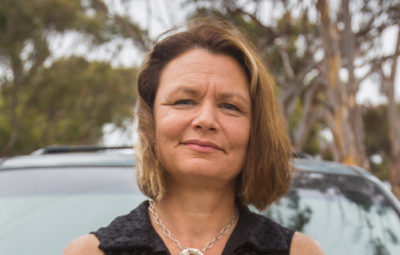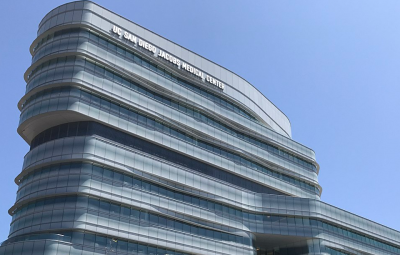WHAT IS DESIGN@LARGE?
A new wave of societal challenges, cultural values, and technological advancements is creating exciting opportunities for designers everywhere to make a global impact. Design at Large, a quarterly seminar series hosted by the UC San Diego Design Lab, features distinguished academic and industry speakers within design. The series aims to showcase the ever-evolving, interdisciplinary nature of design in a real-world context.
The program was pioneered as a collaborative effort among the design faculty at UCSD who shared the collective vision of drawing together a community of individuals from various disciplines of design to showcase their cutting-edge research and innovative insights. Each quarter, the series highlights a different central theme within design to inspire attendees through demonstrating how the brightest minds in the field are tackling global issues.
FALL 2017 RECAP
This quarter, the theme is human centered computational tools—a subject that is relevant to all types of students, especially those interested in computer science, cognitive science, and design. “We have talks from people that build computational tools,” says UCSD assistant professor of cognitive science, Philip Guo. “They all have a common approach to understanding their users and design to benefit their user populations.”
Guo researches human-computer interaction, online learning, and computing education. His focus currently is on on building scalable systems that help people learn computer programming and data science. As the faculty member in charge of Design at Large this quarter, he invites the speakers.
“I think Design at Large gives a great benefit to the students and it is open to the public. When you are attending these talks, you’re looking at cutting- edge work that may not be out in the world yet, but it may be out ten years from now. When you’re watching these talks you are kind of glimpsing into the future,” says Guo.
“I think the future for Design at Large would be a broader range of speakers from different areas. I would like to have broader speakers from variety of careers. I would love to see more designers, entrepreneurs, and engineers in addition to academic researchers,” says Guo.
Design at Large exists to excite students, the UC San Diego campus, and the community and public at large around design in a broader context. For Professor Guo, “I think the main thing I want [my students] to get out of it is inspiration and optimism for the future. I hope they come out excited about the field and where the field is going in the next decades.”
Design at Large talks takes place every Wednesday from 4-5 pm on UCSD Campus in CSE 1202. Anyone is invited to attend.
